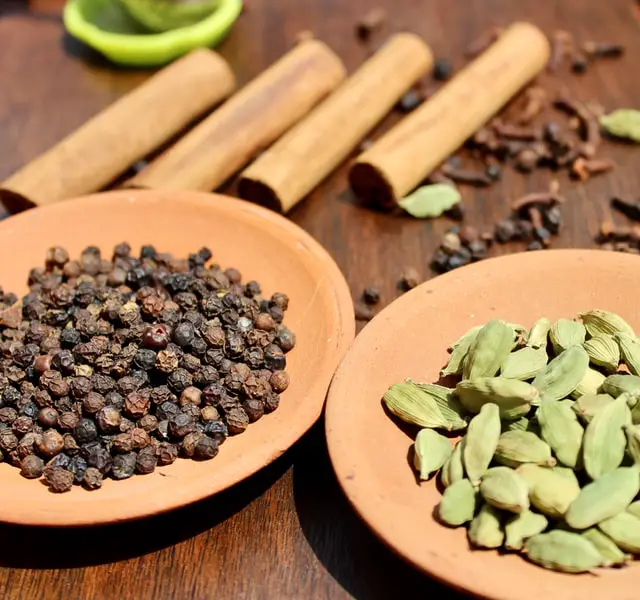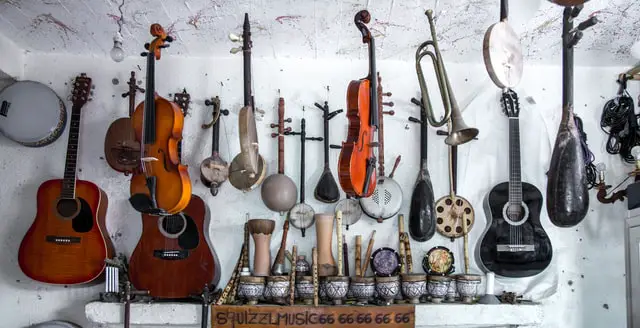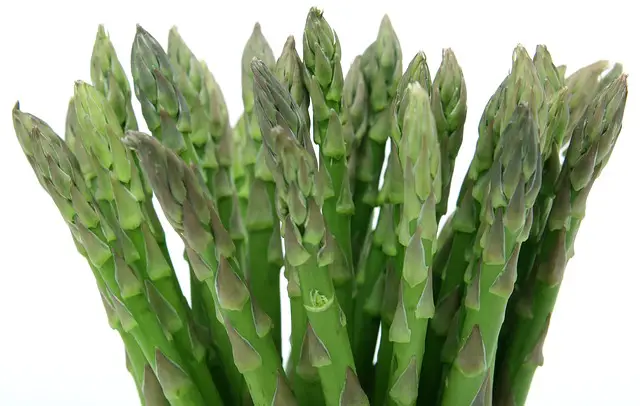Why Is Salmon So Expensive?
Salmon is a popular fish that is enjoyed by many people around the world. It is a versatile fish that can be cooked in a variety of ways, from grilled to smoked to baked. However, despite its popularity, salmon can be quite expensive, with prices often reaching well over $20 per pound. So, why is salmon so expensive?
One of the main reasons why salmon is so expensive is the cost of farming it. Salmon is a fish that is typically farmed in open-net pens, which are large floating structures that are anchored to the ocean floor. These pens are used to raise large numbers of fish in a small area, which helps to reduce costs. However, the cost of maintaining these pens, including feeding the fish and cleaning the water, can be quite high. Additionally, the process of farming salmon can be quite labor-intensive, which also drives up costs.
Another reason why salmon is so expensive is the cost of transporting it. Salmon is a fish that is typically caught in the wild and then transported to processing plants where it is cleaned, packaged, and shipped to retailers. The cost of transporting salmon can be quite high, especially if it is being shipped from a distant location. Additionally, the cost of packaging and labeling the fish can also add to the overall cost.
Another factor that contributes to the high cost of salmon is the demand for it. Salmon is a popular fish that is enjoyed by many people around the world. As a result, the demand for it is high, which drives up prices. Additionally, salmon is a fish that is considered to be a luxury item, which also contributes to its high cost.
Finally, the cost of salmon can also be affected by environmental factors. Salmon is a fish that is sensitive to changes in water temperature and quality. As a result, if there are changes in the environment that affect the fish, such as pollution or overfishing, it can drive up the cost of salmon. Additionally, if there are issues with the population of wild salmon, such as a decrease in numbers, this can also affect the cost of the fish.
In conclusion, salmon is an expensive fish for a variety of reasons, including the cost of farming it, transporting it, and packaging it, as well as the demand for it and environmental factors that affect its population. While the high cost of salmon can be a deterrent for some people, it is important to remember that it is a healthy and delicious fish that is worth the investment. It is also important to support sustainable and responsibly-sourced salmon to ensure that future generations can continue to enjoy this delicious and nutritious fish.
Frequently Asked Questions
How to cook salmon?
1. Preheat oven to 400°F.
2. Place salmon on a parchment-lined baking sheet.
3. Drizzle with olive oil and season with salt and pepper.
4. Bake for 12-15 minutes, or until salmon is cooked through and flakes easily with a fork.
5. Serve with your favorite sides and enjoy!
How to bake salmon?
1. Preheat oven to 400°F.
2. Line a baking sheet with parchment paper.
3. Place the salmon fillets on the parchment paper.
4. Drizzle with olive oil and season with salt and pepper.
5. Bake for 10-12 minutes, or until the salmon is cooked through and flakes easily with a fork.
6. Serve with your favorite sides and enjoy!
How long to bake salmon?
The baking time for salmon depends on the thickness of the fillet. For a 1-inch thick fillet, bake at 400°F (204°C) for 10 to 12 minutes. For a 1/2-inch thick fillet, bake at 400°F (204°C) for 6 to 8 minutes.
How to cook salmon in the oven?
1. Preheat oven to 400°F.
2. Line a baking sheet with parchment paper.
3. Place the salmon fillets on the parchment paper.
4. Drizzle the salmon with olive oil and season with salt and pepper.
5. Bake for 10-12 minutes, or until the salmon is cooked through and flakes easily with a fork.
6. Serve with your favorite sides and enjoy!
How long to cook salmon?
The cooking time for salmon will depend on the thickness of the fillet and the cooking method. Generally, a 4-ounce salmon fillet will take about 8-10 minutes to bake in a preheated 400°F oven. For pan-searing, the same size fillet will take about 4-5 minutes per side.
How to grill salmon?
1. Preheat your grill to medium-high heat.
2. Brush the salmon with oil and season with salt and pepper.
3. Place the salmon on the preheated grill and cook for 4-5 minutes per side, or until the salmon is cooked through and flakes easily with a fork.
4. Serve the grilled salmon with your favorite sides. Enjoy!
How long to bake salmon at 400?
It depends on the thickness of the salmon, but generally, it takes about 15-20 minutes to bake salmon at 400°F.
How to season salmon?
1. Preheat the oven to 375°F.
2. Place the salmon on a baking sheet lined with parchment paper.
3. Drizzle the salmon with olive oil and season with salt and pepper.
4. Sprinkle with fresh herbs such as dill, parsley, or thyme.
5. Bake for 15-20 minutes, or until the salmon is cooked through.
6. Serve with lemon wedges and your favorite sides. Enjoy!
How to make salmon?
1. Preheat oven to 375°F.
2. Place salmon fillets on a baking sheet lined with parchment paper.
3. Drizzle with olive oil and season with salt and pepper.
4. Bake for 15-20 minutes, or until salmon is cooked through and flakes easily with a fork.
5. Serve with your favorite sides and enjoy!
How to make salmon patties?
Ingredients:
-1 can (14.75 ounces) of pink salmon
-1/2 cup of bread crumbs
-1/4 cup of finely chopped onion
-1 egg
-1 tablespoon of lemon juice
-1/4 teaspoon of garlic powder
-1/4 teaspoon of black pepper
-1/4 teaspoon of salt
-2 tablespoons of olive oil
Instructions:
1. Drain the salmon and place it in a medium bowl.
2. Add the bread crumbs, onion, egg, lemon juice, garlic powder, black pepper, and salt. Mix until all ingredients are combined.
3. Form the mixture into 8 patties.
4. Heat the olive oil in a large skillet over medium-high heat.
5. Add the patties to the skillet and cook for 4-5 minutes per side, or until golden brown and cooked through.
6. Serve the salmon patties with your favorite sides. Enjoy!
How to cook salmon in the air fryer?
1. Preheat your air fryer to 400°F.
2. Place the salmon fillets in the air fryer basket.
3. Drizzle the salmon with olive oil and season with salt and pepper.
4. Cook the salmon for 8-10 minutes, or until the salmon is cooked through and flakes easily with a fork.
5. Serve the salmon with your favorite sides. Enjoy!
How to cook salmon in a pan?
1. Heat a large non-stick skillet over medium-high heat.
2. Add 1 tablespoon of olive oil to the pan and swirl to coat.
3. Place the salmon fillets in the pan, skin side down.
4. Cook for 3-4 minutes, until the skin is golden and crispy.
5. Flip the salmon and cook for an additional 3-4 minutes, until the salmon is cooked through.
6. Remove the salmon from the pan and serve.
How long to bake salmon at 350?
It depends on the thickness of the salmon, but typically it takes about 20-25 minutes to bake salmon at 350°F.
How long does salmon last in the fridge?
Cooked salmon will last 3-4 days in the refrigerator.
What temp to cook salmon?
The best temperature to cook salmon is between 120°F and 140°F (49°C and 60°C).
How to cook frozen salmon?
1. Preheat your oven to 375°F.
2. Place the frozen salmon fillets on a baking sheet lined with parchment paper or aluminum foil.
3. Drizzle the salmon with olive oil and season with salt and pepper.
4. Bake for 20-25 minutes, or until the salmon is cooked through and flakes easily with a fork.
5. Serve with your favorite sides and enjoy!
What temp is salmon done?
Salmon is typically cooked to an internal temperature of 145°F (63°C).
How long does cooked salmon last in the fridge?
Cooked salmon will last 3-4 days in the refrigerator.
How to tell if salmon is cooked?
To tell if salmon is cooked, look for an opaque color throughout the fish and an internal temperature of 145°F. You can also check for flakiness by gently pressing the thickest part of the salmon with a fork. If it flakes easily, it is cooked.
How to pan-fry salmon?
1. Heat a large non-stick skillet over medium-high heat.
2. Add 1 tablespoon of oil to the pan and swirl to coat.
3. Place the salmon fillets in the pan, skin side down.
4. Cook for 3-4 minutes, until the skin is golden and crispy.
5. Flip the salmon and cook for an additional 3-4 minutes, until the salmon is cooked through.
6. Remove the salmon from the pan and serve.
How to tell if salmon is bad?
1. Check the color. Fresh salmon should be an even pinkish-orange color. If it is turning brown or gray, it is likely spoiled.
2. Smell the salmon. Fresh salmon should have a mild, slightly fishy smell. If it smells sour or overly fishy, it is likely spoiled.
3. Feel the texture. Fresh salmon should be firm and moist. If it is slimy or sticky, it is likely spoiled.
4. Check the expiration date. If the salmon is past its expiration date, it is likely spoiled.
How to bake salmon in foil?
1. Preheat the oven to 375 degrees Fahrenheit.
2. Place a large piece of aluminum foil on a baking sheet.
3. Place the salmon fillet in the center of the foil.
4. Drizzle the salmon with olive oil and season with salt and pepper.
5. Place lemon slices, fresh herbs, and garlic on top of the salmon.
6. Fold the foil over the salmon and seal the edges.
7. Bake for 15-20 minutes, or until the salmon is cooked through.
8. Serve with your favorite sides. Enjoy!
How to know when the salmon is done?
The best way to tell if salmon is done is to use a digital thermometer. Insert the thermometer into the thickest part of the salmon and check the temperature. Salmon is done when it reaches an internal temperature of 145°F (63°C).
How long is cooked salmon good for?
Cooked salmon can be stored in the refrigerator for up to 3 days.
What goes good with salmon?
Some good accompaniments for salmon include:
-Roasted vegetables
-Quinoa
-Couscous
-Rice
-Mashed potatoes
-Salad
-Lemon wedges
-Garlic bread
-Steamed broccoli
-Asparagus
-Green beans
-Roasted Brussels sprouts
-Coleslaw
-Fruit salsa













